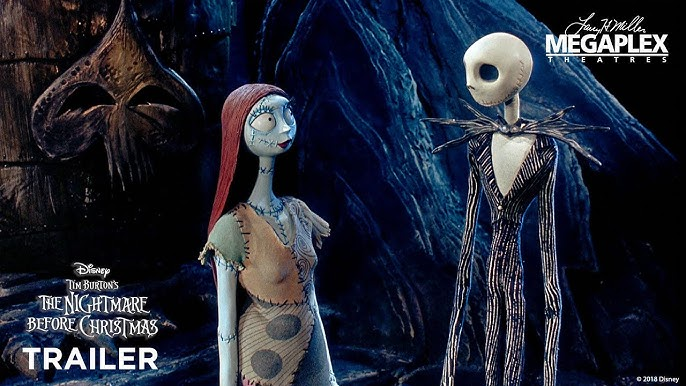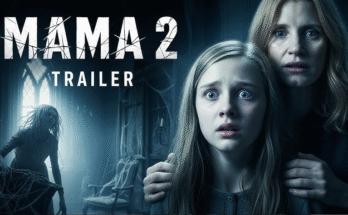In a world where imagination dares to dance between death and wonder, The Nightmare Before Christmas (2025) emerges as a hauntingly beautiful rebirth of a timeless fable. This isn’t merely a retelling — it’s a resurrection, shimmering with both nostalgia and newfound depth. The screen opens like a forgotten lullaby, carrying the scent of pumpkin spice and stardust.

Jack Skellington returns not as the Pumpkin King of old, but as a weary dreamer haunted by echoes of both failure and faith. He has seen the beauty of Christmas, the sorrow of Halloween, and now he stands on the threshold of something greater — the space between. It’s here that the story finds its pulse, as Jack faces the truth that even joy can decay, and even despair can bloom.
Sally’s role transforms into the beating heart of the film — no longer just a quiet observer, but a light that refuses to fade. Her devotion anchors Jack’s unraveling spirit, reminding him that love, when forged through pain, can outshine any spectral flame. Their bond becomes a fragile symphony, stitched together by longing, sacrifice, and the music of renewal.

The collision of Halloween and Christmas is no longer a whimsical accident — it’s an apocalyptic ballet. The snow bleeds black, the jack-o’-lanterns hum with hymns, and the world bends under the weight of forgotten gods. The visual design is astonishing: skeletal carolers, haunted ornaments, auroras of frost and flame — every frame feels painted with poetry and despair.
And then, there is the new force — an ancient entity older than Santa, older than Jack — the embodiment of forgotten celebrations, abandoned by time. It seeks revenge on the world that forgot its name, twisting the realms into chaos. Its arrival feels like the whisper of a ghost who once ruled joy itself.
Through this darkness, Jack must rediscover his purpose. His journey becomes less about saving holidays and more about saving hope. The film’s emotional spine lies in the notion that wonder must be protected, even from our own cynicism. To dream again, one must dare to be afraid again.

The score — oh, the score! — returns as the film’s lifeblood. Haunting choirs meet shimmering orchestras, weaving between gothic ballads and shimmering lullabies. Every note carries a heartbeat, every lyric a tear. It’s as if the music itself remembers the ache of every child who once believed.
Director and composer blend craft and emotion in perfect harmony, crafting a world where melancholy and magic coexist. The lighting dances like memory — warm candlelight flickering against endless night — while the stop-motion artistry feels more alive than ever, breathing through dust and shadow.
By the final act, when Jack stands before the merging skies, one truth emerges: nightmares are not enemies of dreams — they are their protectors. In facing fear, we rediscover the miracle of feeling. The final sequence, where snow and ashes fall together, feels like cinema at its purest — aching, alive, eternal.
The Nightmare Before Christmas (2025) is not just a film — it’s a requiem for wonder. It teaches us that every holiday, every story, every soul is part of the same fragile song. It reminds us that love — even among monsters — is still the bravest kind of magic.
⭐ 4.9/5 — A darkly luminous rebirth. Where fear finds harmony, and dreams dare to sing again.




